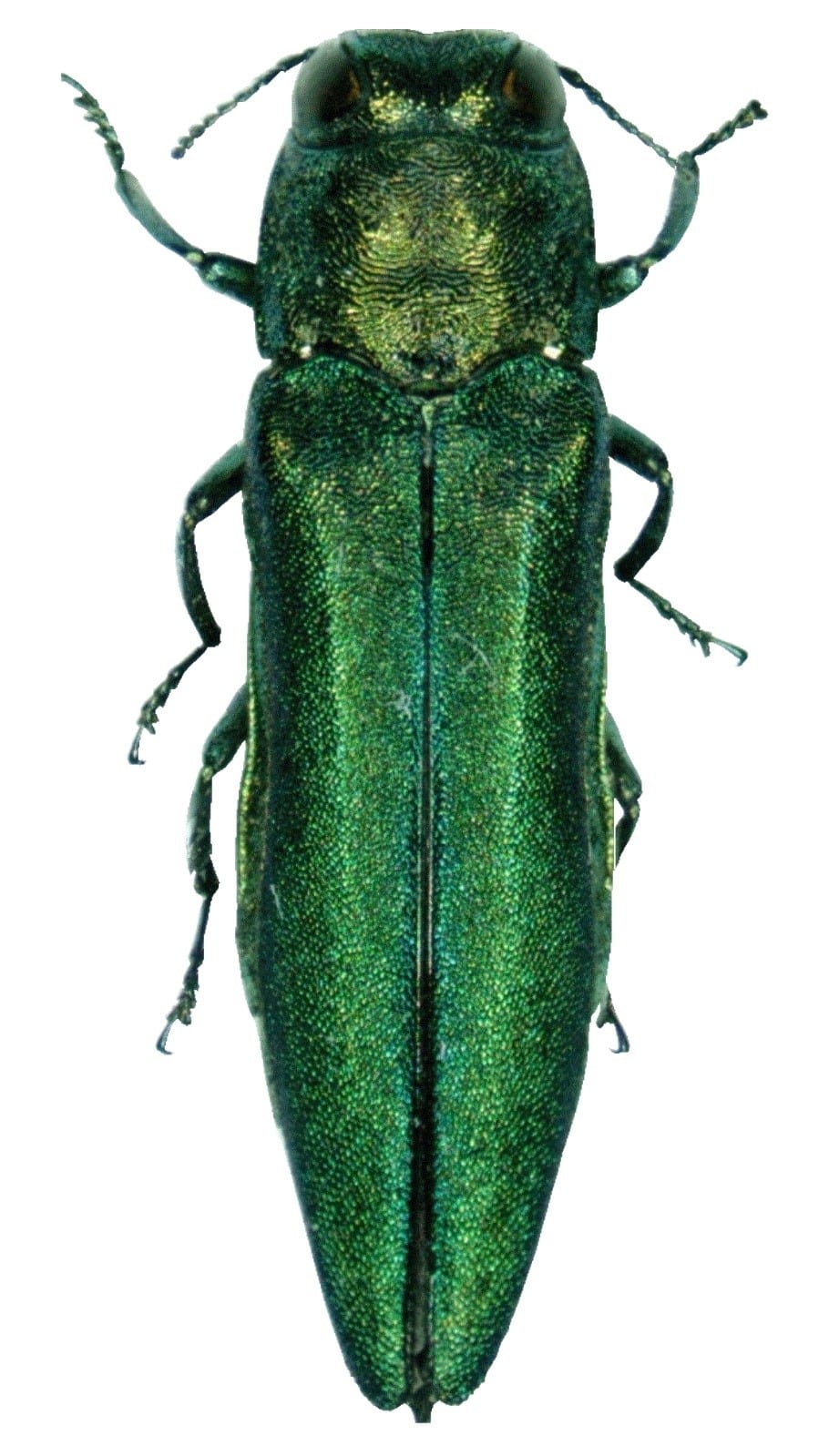 Quest to Identify Invasive Pest Before They Invade
Quest to Identify Invasive Pest Before They Invade
North American forests are full of nonnative insects-more than 450 species by the latest available count. Most have done no obvious damage, but a few have, such as the emerald ash borer, which is killing off its namesake trees. Scientists now think they have a model that can predict which nonnative insects will attack which trees. Read more in Scientific American.
What Makes Non-Natives Plants Invasive?
A new study from the University of Vermont found that non-native plants with traits similar but slightly different from the native community (like height) can be highly predictive of whether plants become invasive or not. Read more at Phys Org.
Black Farmer Nourishes Community
Providence native Quatia “Q” Osorio heard a USDA talk in 2017 and discovered there were only nine black farmers in Rhode Island. She set about learning how to farm and created Quantity Farm to serve and nourish her community. No white savior needed. Read more at EcoRI News.
Plants Are Cool in School
Attention all educators! Did you know indoor plants have a positive effect on students and educators alike? Plants can be an important component of creating a healthy classroom environment. Read more at National Initiative for Consumer Horticulture.
Guide to Northeast Pollinator Garden
Complete guide to creating a pollinator garden in the Northeast. This guide is focused on providing rich resources for the specialist bees of the northeastern US, New York in particular, and is inspired by Jarrod Fowler’s 2016 publication, Specialist bees of the northeast: host plants and habitat conservation. Read more at Cornell.edu.
Creating Pollinator Habitats on Iowa Farms
Many insect populations are in serious decline with habitat loss and degradation, as well as pesticide use and climate change, driving the loss of insects. The Xerces society is working with farmers across Iowa to create a network of on-farm demonstration sites that showcase a wide variety of pollinator habitat options and installation methods. Helping to bring insect populations back to healthy numbers. Read more at Xerces Society.
How Can You Mitigate Climate Change
Climate change is accelerating, but if every homeowner makes small changes, it can accumulate to have a big impact. I used many of these ideas on my own landscape, both to inspire and to demonstrate what an individual homeowner can accomplish. Read more at Goldenrod Garden.
The Value of Nature
Beyond nature’s intrinsic value, it also provides many benefits to people. Check out “Value of Nature” fact sheets that focus on the ecosystem services provided by five different ecosystems and utilizing information from over 100 technical papers: Read more at Mass Audubon.
Fun YouTube Nature Walk
Join Russ Cohen for this four-part Housatonic River Walk; enjoy and learn all the edible wild plants that are growing along the river. Enjoy the tours:
Housatonic River Walk with Russ Cohen Part 1
Housatonic River Walk with Russ Cohen Part 2
Housatonic River Walk with Russ Cohen Part 3
Housatonic River Walk with Russ Cohen Part 4
The Mighty Oak Takes Its Time
Everything you ever wanted to know about oak acorns but were afraid to ask. Read more at Arnold Arboretum News.
Share the Bounty!
Growing your own food gained renewed interest this year as the pandemic swept through production pipelines and threatened our food supply. People are relearning how to plant and harvest their own food thus benefiting not only themselves but creating a more resilient community in the process. Read more in Sierra.
Guide to Invasive Pest
This comprehensive guide to invasive pests helps identify pests and where they are occurring and includes pictures of insects and maps of locations of outbreaks. Read more at Massachusetts Introduced Pests Outreach Blog.
Fact Sheet on Eastern Equine Encephalitis
EEE is a very rare disease and only a few cases have been reported in the US, but being outside in the landscape garden does put landcare professionals and gardeners at a higher risk than other populations. Learn more at CDC.

 Quest to Identify Invasive Pest Before They Invade
Quest to Identify Invasive Pest Before They Invade